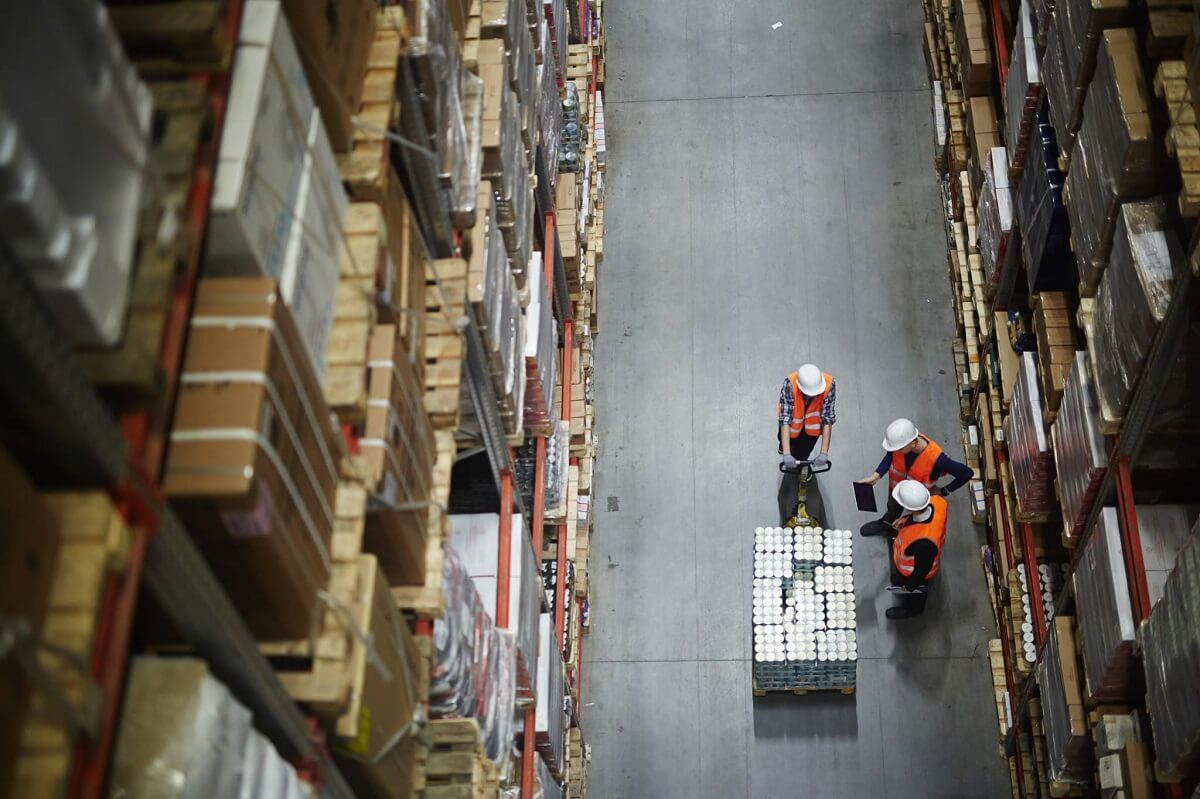What is MTS (Make-to-Stock)? Pros & Cons of MTS Production
Make-to-Stock (MTS) is a manufacturing strategy where products are produced based on forecasted demand rather than specific customer orders. In simpler terms, companies using MTS create goods and stock them in anticipation of customer purchases. This proactive approach aims to minimize lead times and ensure products are readily available when customers want to buy them.
How Make-to-Stock Production (MTS) Works
The make-to-stock method requires an accurate forecast of demand to determine how much stock it produces. If demand for the product can be estimated accurately, the MTS strategy is an efficient choice for production. In theory, the MTS method is a way for a company to prepare for increases and decreases in demand. However, inventory numbers and, consequently, production, are typically obtained through the creation of future demand forecasts that have a basis in past data.
Should the forecast be even slightly off, the company may find they have too much inventory and limited liquidity, or too little inventory and unmet profit potential. This possibility of error is the primary disadvantage of using the MTS system for production. Wrong information can lead to excess inventory, stockouts (unavailable inventory), and revenue losses. It can also lead to an inability to meet demand, which reduces income potential. In fast-paced sectors such as electronics or computer tech, excess inventory can quickly become obsolete.

Also, an MTS approach requires a business to redesign operations at specific times, instead of keeping a steady level of production year-round. This regular adjustment can be costly, and the increased costs must either pass on to the consumer or be absorbed by the company.
Advantages of Make-to-Stock
Efficient use of resources
Production is planned well in advance based on expected demand. Therefore, the use of resources is also planned accordingly, facilitating efficiency.
Economies of scale
Since goods are produced on a large scale, the fixed costs of production are divided equally over a large number of units produced. It drives down the average cost of production per unit and lets companies avail of the benefits of economies of scale.
Scheduling
Decisions on when to produce and how much to produce are made in advance. Therefore, work can progress smoothly according to a schedule, and at any point in time, how much is left to be done can be determined.
Quick response time
The finished goods are available in the shop, ready for immediate sale. The customer can choose a product to purchase and take delivery of it at the same time.
Disadvantages of Make-to-Stock
Inaccuracy of forecasts
Forecasts for consumer demand can sometimes be misleading. Sales can be unusually low during an anticipated peak season due to some external anomaly, such as a recession.
On the other hand, demand may pick up unexpectedly during an anticipated off-season.

Inventory levels
Despite the best efforts at making accurate forecasts, inventories may fall short or remain in excess perpetually.
Unpredictable consumer preferences
The decision to produce a certain quantity of a commodity is made on the basis of expected demand. However, customer preferences and trends keep changing continuously. So, there is always a risk of inventories going waste due to obsolescence.
Example of Make-to-Stock Manufacturing
Manufacturing companies often use the MTS method to prepare for periods of high production. For example, many retailers, such as Target, generate most of their sales in the fourth quarter of the year. For the manufacturing companies supplying these retailers, a majority of their production has to come in the second and third quarters of the year, to prepare for the increases in demand.
Using the MTS production method, let's say that The LEGO Group, maker of the popular LEGO bricks and other toys, looks back at its previous years and surmises, based on past data, that demand will increase by 40% in the fourth quarter versus the third quarter. To prepare, the manufacturer produces 40% more of its toys in July, August and September to meet the demand forecasts for the fourth quarter. Additionally, during the fourth quarter, LEGO looks at past numbers to see how much demand will decline from the end of the year to the first quarter of the new year, reducing production accordingly.
If LEGO is adopting an MTO strategy, it will not increase the production of, say, its LEGO bricks by 40% until and unless Target sent in a larger order for them. If it were taking an ATO approach, it might have the increased bricks made and ready, but wouldn't put together complete packaged kits of them until it received Target's order. This way, the risk of an inaccurate demand forecast is mitigated, as both LEGO and Target share it.
READ MORE:
